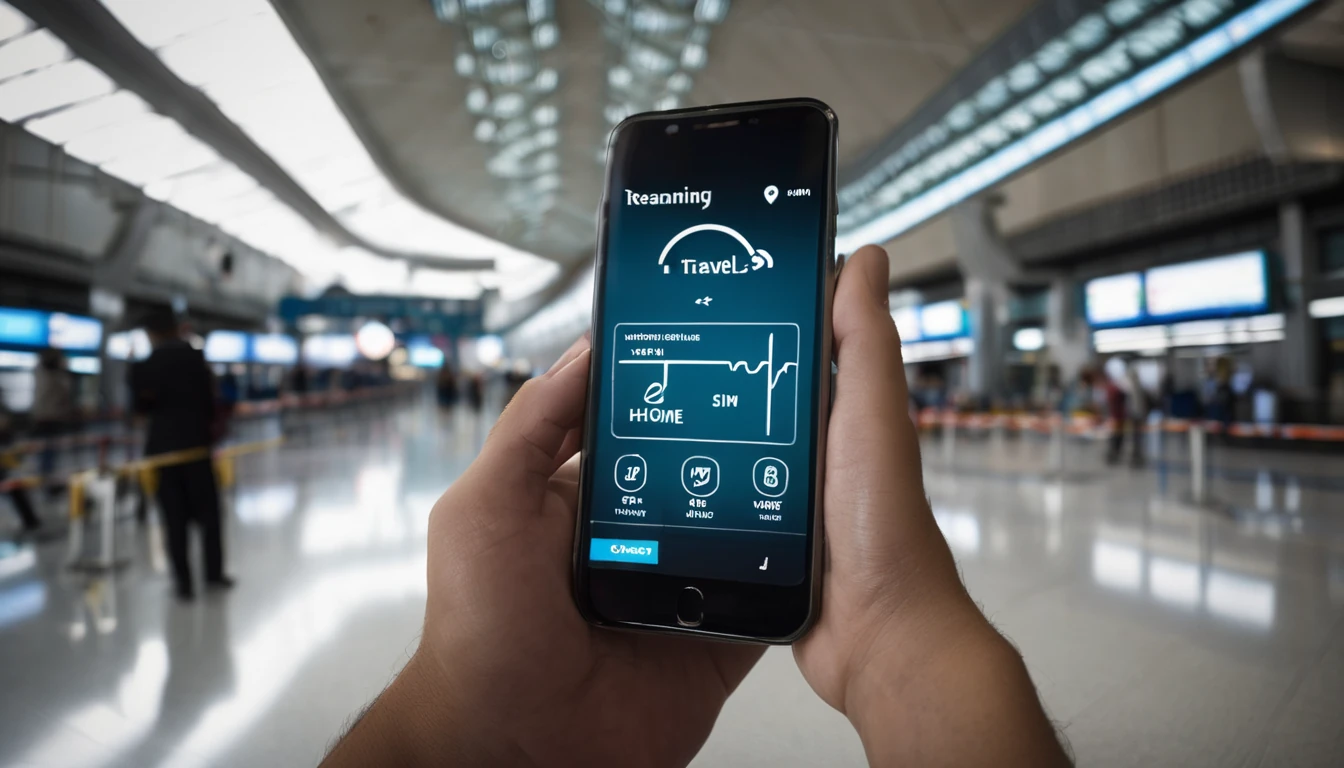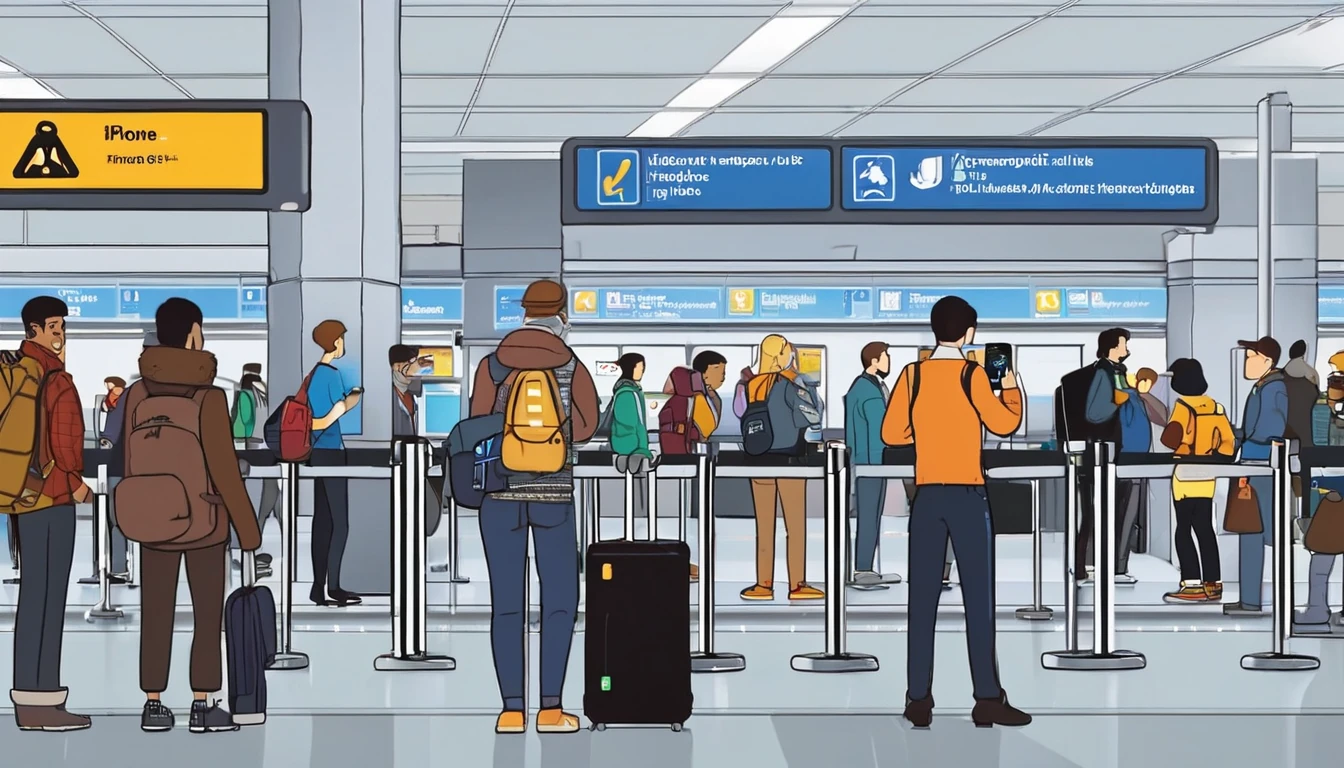Building trust in telecom is about more than network reach; it’s about how you respond when something goes wrong. Travellers expect seamless connectivity across borders, and your enterprise or wholesale operation needs a support framework that’s fast, clear, and consistent. This guide breaks down what an effective support SLA looks like in telecom, how to prioritise incidents with a severity matrix, and how to communicate before, during, and after disruption. You’ll find practical response-time benchmarks, ready-to-use RCA templates, maintenance window patterns that respect traveller behaviour, and status page best practices. Whether you’re powering eSIM across Destinations or servicing multi-region fleets using Esim North America and Esim Western Europe, these practices help you protect customer experience while giving your teams a clear playbook. Use this as your baseline to align carriers, partners, and your internal tiers on a common, traveller-first approach.
What a good telecom support SLA includes
A support SLA in telecom (support sla telecom) sets expectations on availability, response, communication, and remediation when service degrades. Keep it short, unambiguous, and enforceable.
Core components: - Scope: Services, regions, and components covered (e.g., activation, provisioning, data, voice, SMS). - Availability targets: Per component and region; define business vs. 24×7 coverage. - Severity matrix: How you classify incidents by impact and urgency. - Response SLOs: Initial response, update cadence, workaround and restoration targets. - Escalation: Tiers, roles, and time-to-engage. - Communication: Channels, status page use, and stakeholder notifications. - RCA & credits: When a post-incident report is required; how credits are evaluated. - Maintenance: Window policy, freeze periods, and notice rules.
Severity matrix (telecom-specific)
Define severity by customer impact and scope. Keep it to four levels to reduce ambiguity.
Severity
Definition
Typical impact
Examples
Sev 1 – Critical
Broad outage or safety-critical impact; no workaround
Majority of active users impacted; revenue/safety at risk
Nationwide data attach failure; eUICC download failing for all
Sev 2 – Major
Degradation or regional issue with partial workaround
Subset of users, one region or feature
Throttling in one country; provisioning delays in one MNO
Sev 3 – Minor
Limited feature impact; clear workaround
Small cohort or single partner
Delays in usage reporting; intermittent SMS OTP failures
Sev 4 – Informational
No service impact
Queries, docs, requests
API questions; portal access request
Pro tips: - Always classify by current customer impact, not perceived root cause. - Allow dynamic reclassification as the blast radius grows or shrinks.
Response, updates, and restoration targets
Use clear targets per severity and enforce a minimum update cadence.
Severity
Initial response
Update frequency
Work hours
Target restore
RCA delivery
Sev 1
15 minutes
30 minutes
24×7
2 hours (workaround) / 6 hours (fix)
48 hours draft / 5 business days final
Sev 2
30 minutes
60 minutes
24×7
8 hours (workaround) / 24 hours (fix)
3 business days draft / 7 business days final
Sev 3
4 hours
Daily or on-change
Business hours
3 business days
Included in weekly summary
Sev 4
1 business day
As needed
Business hours
N/A
Not required
Notes: - “Restore” means service usable with or without workaround; “fix” is permanent remediation. - If third-party carriers are involved, include time-to-engage (e.g., ≤30 minutes for Sev 1).
Tiers and escalation paths
A tiered model keeps first-response fast while ensuring deep expertise is engaged when needed.
- Tier 1 (Frontline/Service Desk)
- Intake, validation, repro, customer comms
- Tools: runbooks, status page updates, IM channels
- Engage Tier 2 within: 15 mins (Sev 1), 30 mins (Sev 2)
- Tier 2 (NOC/Support Engineering)
- Correlate logs, metrics, and partner tickets
- Execute mitigations and workarounds
- Engage Tier 3/Carrier within: 15 mins (Sev 1), 60 mins (Sev 2)
- Tier 3 (Platform/Network/Core Engineering)
- Root cause analysis, configuration/infra changes
- Own permanent fix and RCA
- External carriers/partners
- Pre-agreed contacts and escalation ladders
- 24×7 readiness for Sev 1/2; firm SLAs in interconnect agreements
Escalation checklist: - Single incident commander (IC) per incident - Communications lead distinct from IC - Technical lead for diagnosis/remediation - Customer liaison for high-value or wholesale partners
Incident communications playbook
Before: prepare
- Define your components and regions on the status page (e.g., “Activation API”, “eUICC download”, “Data in France/Italy/US”).
- Pre-write incident templates for each severity.
- Maintain a contacts matrix (internal, carriers, key customers).
- Set notification channels: status page, email, partner Slack/Teams bridges, and portal banners.
- Subscribe key accounts to incident updates for the regions they sell, such as Esim France, Esim Italy, Esim Spain, and Esim United States.
During: communicate clearly and on a clock
Golden rules: - Lead with impact, not speculation. - Time-stamp in UTC and local time if region-specific. - Give next update time even if there’s no change.
Update template (initial): - Title: [Sev X] Region/Component – Short description - Start time: 2025-03-10 14:20 UTC - Impact: Who is affected and how (e.g., “New activations in Italy failing; connected devices remain online.”) - Scope: Regions/components - Workaround: If any - Next update: e.g., “in 30 minutes”
Update template (progress): - What changed since last update - Current hypothesis (clearly labelled) - Actions in progress and ETA - Next update time
Recovery template (restore): - Restoration time - Residual risk or degraded features - Required customer actions (e.g., toggle data, re-scan network)
After: close the loop with an RCA
RCA should be blameless, factual, and actionable. Share appropriately with wholesale partners.
RCA outline: - Summary: One paragraph plain-English description - Impact: Duration, affected regions/components, % of sessions/users - Timeline: Key events with UTC timestamps - Root cause: Technical detail and contributing factors - Detection: How it was found; detection gaps - Mitigation: Immediate actions - Corrective actions: Permanent fixes with owners and target dates - Prevention: Monitoring, tests, or process changes - Customer impact & comms: What was said, when, and why - Credits (if applicable): Criteria and calculation method
Pro tips: - Attach metrics (graphs), not just logs. - Distinguish trigger vs. root cause. - Include “what would have caught this earlier?”
Status page best practices
A status page is your single source of truth for live service health.
Must-haves: - Component-level visibility: APIs, provisioning, data by country/region (e.g., Western Europe vs North America). - Transparent history: 90 days minimum of incidents and maintenance. - Subscriptions: Email/RSS/webhooks for partners. - Timezones: Default UTC; include local time for regional incidents. - Plain-English updates: Avoid vendor codes and internal jargon. - Incident templates: Pre-approved language for speed. - Accessibility: Mobile-friendly; loads fast on low bandwidth.
Nice-to-haves: - Partner-specific audiences/labels for wholesale cohorts. - Dependency notes for third-party carriers. - Dedicated pages for regional portfolios like Esim Western Europe and Esim North America.
Common pitfalls to avoid: - Silent fixes without updates. - Over-promising ETAs; give ranges if uncertain. - Mixing marketing content with service health.
Maintenance windows that respect travellers
Your change calendar should align with low-usage periods and peak travel patterns.
Policy recommendations: - Standard windows: 01:00–05:00 local time per affected region. - Advance notice: 7 calendar days (minor), 14 days (major), 30 days (potentially disruptive). - Freeze periods: - Summer holiday peaks for Europe (e.g., July–August for Esim Western Europe) - Major US holidays and end-of-year travel for Esim United States - Bundling: Group low-risk changes to reduce churn; separate high-risk changes with rollback plans. - Rollback: Mandatory tested rollback for any change that affects attach, provisioning, or routing. - Monitoring: Extra alerting during and after maintenance for at least 2× the change duration.
Maintenance notice template: - Title: [Planned Maintenance] Component/Region - Window: Start–End in local and UTC - Impact: Expected behaviour (e.g., “up to 5 minutes provisioning delay; no loss of active sessions”) - Risk level: Low/Medium/High - Rollback: Available (Yes/No) - Contact: Support channels during the window
Step-by-step: Build your SLA and comms package in 7 steps
1) Define components and regions - List all customer-facing functions and map them to regions/countries visible on Destinations.
2) Draft your severity matrix - Use the four-level model above; add examples for your stack.
3) Set response and update SLOs - Start with the table in this guide; adjust to your operating coverage (24×7 vs business hours).
4) Establish tiered escalation - Assign named ICs, comms leads, and technical leads; define time-to-engage per severity and external-carrier contacts.
5) Stand up an authoritative status page - Component/region breakdown; subscriptions; incident templates; UTC-first timestamps.
6) Publish maintenance policy - Windows, notice periods, freeze calendar tied to regional travel peaks (e.g., Europe summer and North America holidays).
7) Operationalise RCA - Adopt the RCA template; create an internal deadline (e.g., 48h draft/5–7 days final) and share with wholesale partners via your portal or Partner Hub.
Alignment with Simology partners
For partners building on Simology: - Commercial alignment: Use For Business to frame enterprise expectations on uptime, response, and reporting. - Geographic clarity: Map your product mix to our regional portfolios (e.g., Esim France, Esim Italy, Esim Spain) and ensure your status components match. - Traveller-first policy: Prioritise incidents that prevent activation or data attach for travellers currently in-region; communicate workarounds promptly (e.g., manual network selection). - Shared comms: Mirror status updates in your partner portal, and subscribe key customers to relevant regions.
Quick checklists
On-call pack: - Incident templates (initial/progress/restore) - Severity criteria cheat sheet - Carrier escalation contacts and SLAs - Runbooks for common failures (attach, APN, provisioning) - Status page access and posting rights
Minimum data to include in every update: - What we know - What we don’t know - What we’re doing next and when we’ll update - Customer actions (if any)
FAQ
- What’s the difference between restoration and resolution?
- Restoration means users can operate normally (often via workaround). Resolution is the permanent fix. Your SLA should target both where appropriate.
- How often should we update during a major incident?
- For Sev 1, every 30 minutes. If there’s no change, say so and state the next update time. Consistency builds trust.
- Can severity change mid-incident?
- Yes. Reclassify as impact grows or contracts. Document the change and adjust cadence accordingly.
- How do we handle third-party carrier faults?
- Engage within 15–30 minutes for Sev 1/2, reference interconnect SLAs, and communicate dependency status on your status page. Include carrier timelines and constraints in your updates.
- What belongs on the maintenance calendar?
- Any planned activity that can affect activation, provisioning, data plane, or billing—no matter how small. Provide risk, expected impact, and rollback detail.
- How do we support multi-region customers travelling the same day?
- Use UTC timestamps, include local times for affected regions, and call out roaming impacts across portfolios like Esim North America and Esim Western Europe. Provide region-specific workarounds.
Next step: Ready to align your SLA and incident comms with Simology? Visit the Partner Hub to access enablement materials and coordinate your rollout.




